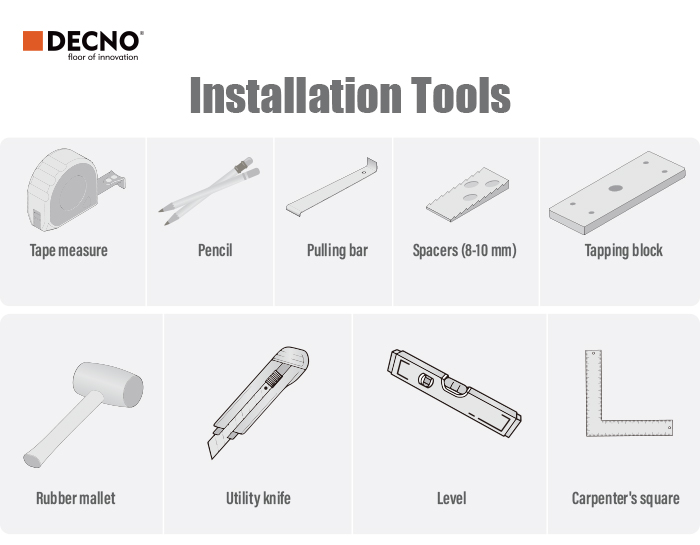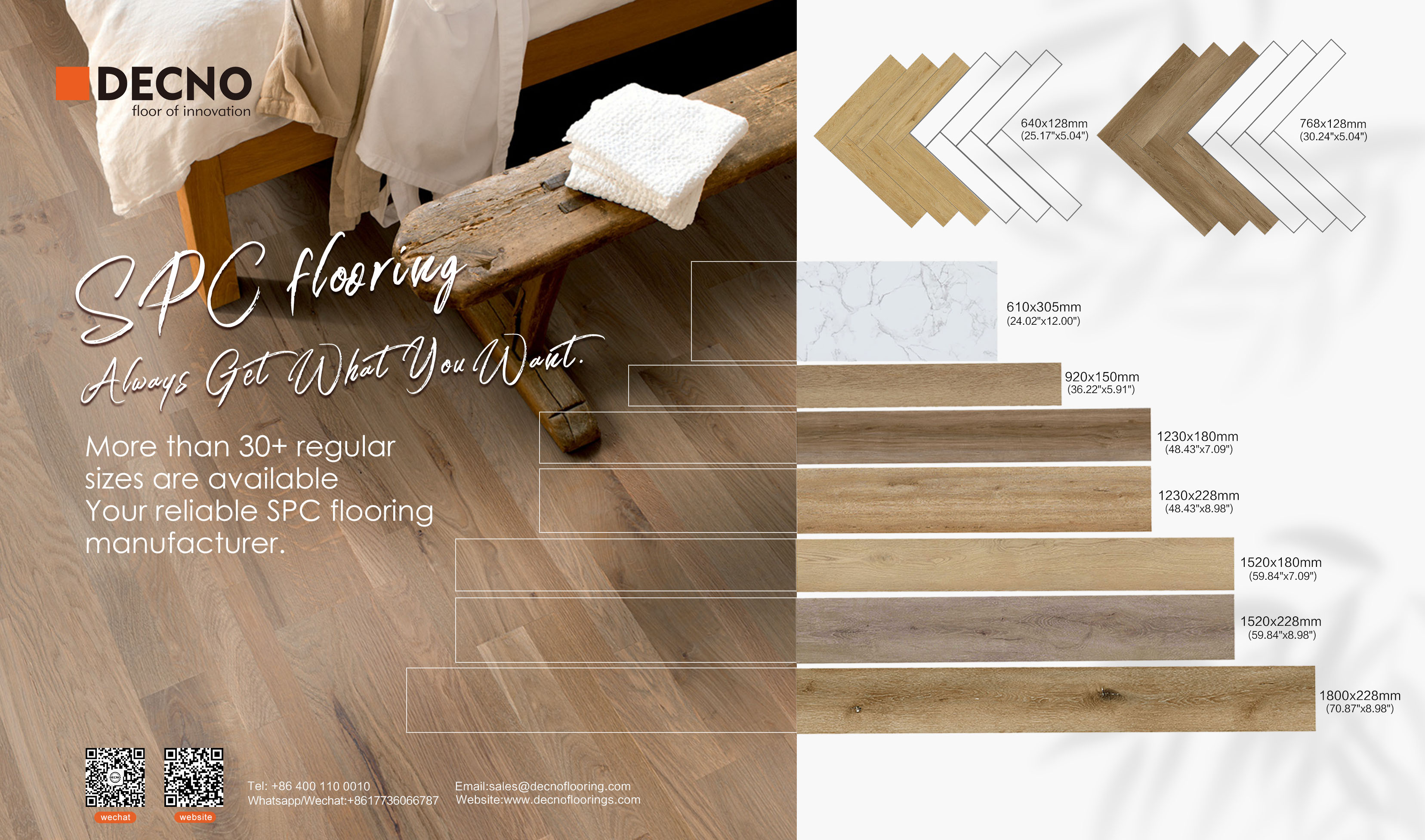When renovating your home, it has become a trend to buy floating floors and install them yourself. But your floor will only look great if you do the pre-installation preparation. Have you followed these 5 steps?
Common floating floorings on the market include SPC flooring, laminate flooring and LVT flooring. Etc. Although the specific materials and structures are different, they have similar advantages: compared with solid wood floors, floating floors do not need to be glued with construction adhesive, and can be fixed to each other by a locking system; compared with traditional tiles, floating floors do not need cement grouting, and will not produce hollowing, breaking, etc. In addition, floating floors are also significantly better than wood floors and tiles in terms of water-resistance, fire resistance, scratch resistance and UV resistance, and the difficulty of maintenance is greatly reduced, and the service life is also extended. The goal with subfloor prep is to have a clean, flat, damage-free, and dry subfloor before you install a floor covering. The more prepared the subfloor, the smoother the installation process for you!

1.Initial Inspection
Before doing any work, assess the existing subfloor. Rot, loose fasteners, termite damage, sagging, or cracks are all indicators of deeper structural issues. There could even be problems with the foundation or joists. use a level to check for any unevenness. Doing so will help you know whether you may have to do some leveling.
2.Structural Repairs
If you find any structural issues in your inspection, make the necessary repairs, such as tightening loose fasteners, making sure there are no protruding edges if it’s a wood subfloor, replacing damaged sections, or filling cracks and gaps.
3.Humidity measurement
Since moisture can wreak havoc on a floor covering, you don’t want to have excess moisture in the subfloor that could creep into the floor above. That’s why we highly recommend testing for moisture. First, make sure that the installation environment is at a stable temperature and humidity level. Otherwise, these ambient conditions can affect both wood and concrete subfloors, causing the moisture levels to fluctuate.
If you’re working with a wood subfloor, use a wood moisture meter to check that the subfloor is within 2–4% moisture content of the flooring material; The ideal option for a concrete subfloor is relative humidity (RH) testing, the standard for RH testing requires the subfloor to be under 75% RH.

4. Leveling
Having a flat floor will help prevent the floor covering from cracking or warping after installation. There’ re 3 main techniques for leveling. The most labor-intensive techniques are sanding and grinding the high spots and shimming, which involves putting down thin pieces of plywood to level the surface.
The third method is putting a self-leveling compound on the subfloor (usually if you’ re working with a concrete subfloor).
5.Cleaning
After confirmation, clean the subfloor. Make sure the subfloor is dry, flat and clean before laying the floor.
Previous: DECNO | IXPE Underlay for SPC Flooring
Next: 4 Types of LVT Flooring